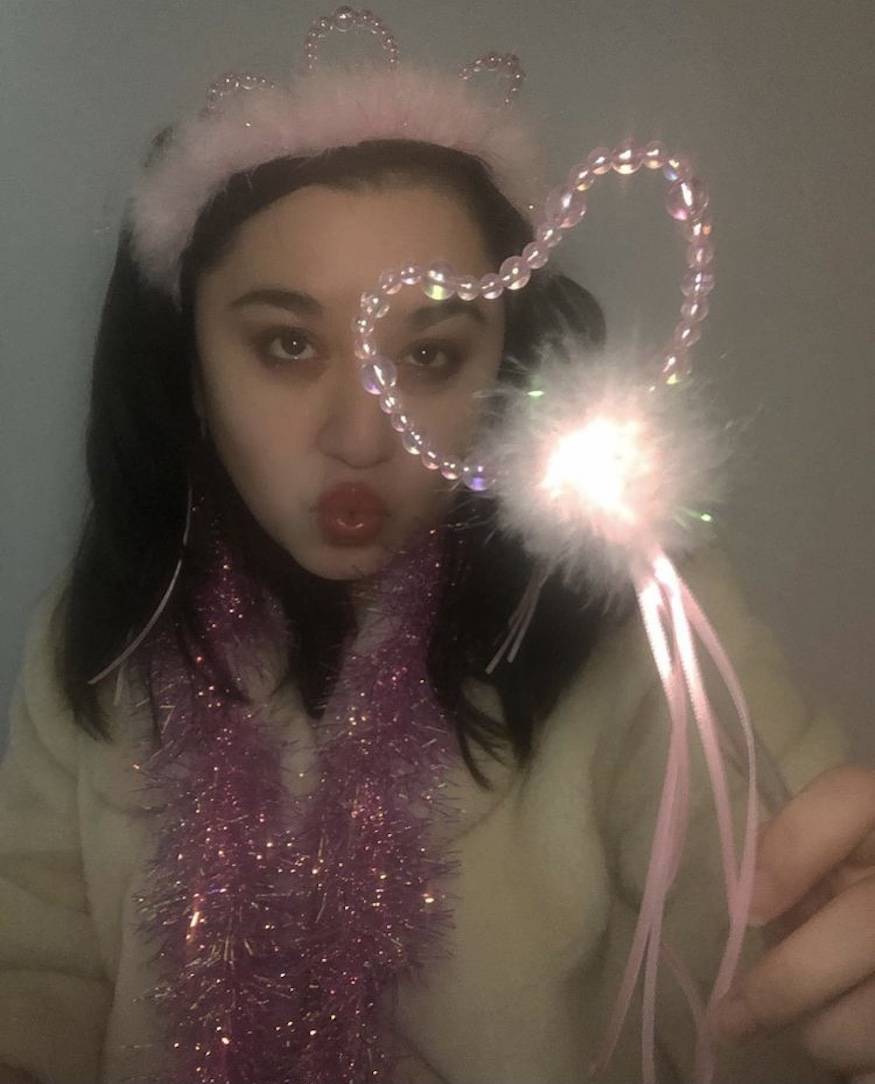Your friends point at the nearest clock, eyes wide, “It’s 11:11!” Each part of the room becomes suspiciously capable of turning your life into every Hollywood romance your mind can fathom.
Quickly our thoughts become centered on love: “When will it arrive?” “How much longer will it take?” “Who will it be?” The world is now illuminated and everything hidden can be seen.
Discerning symbols is our mind’s favorite pastime. How can we assist it in filtering which symbols are the ones worth seeking?
Your friend’s auspicious announcement may just feel like another honking horn in traffic, but what makes it so prompting?
Understanding what makes our mind drawn to “seeking symbols” relates directly to how we wish to connect to our experiences.
We want to make the experience more “real” by noticing symbols. Doing so aids our mind in marking — in real time — our experiences.
Our world becomes more personal. We are emotional beings, and those emotions can now hold a tangible meaning through numerology, tarot and more popular cheap spirituality common to our society.
We attribute the fluttery feeling of admiration to seeing the numbers 11:11 to remember the emotions that made us feel happy or seen.
With enough time, this repetitious cycle of seeking becomes the process for creating symbols. Emotions warp into symbols, and they are then capitalized for emotional gain.
Symbols are commercialized frivolously, and our culture has become obsessed with them. It’s capitalism! 11:11 has cultivated a sense of unreal wonder.
This is the down-effect of capitalizing spiritual symbols, and explains why your friend’s 11:11 exclamation can begin to feel cliché. An initial feeling for a symbol is depleted, because of capitalism’s excessive appropriation.
Depleted symbols can make us dull. Our attention is capital. Media outlets will utilize mystical symbols in hopes of catching more attention to their content.
This is cheapening mysticism. Hashtags and Instagram spirituality assist in the process too. They cause the symbols to quickly lose their meaning over time.
Capitalizing on spirituality also diminishes its effectiveness in our lives when it’s meant to serve as an outlet from the burdens of a material reality. It also keeps us trapped in our mundane daily routines, and away from the mystical, imaginative side of us.
The essence of symbols is what gives them their unique charge and meaning, and the moment symbols reach media outlets, their essence can be misinterpreted and tainted.
The 11:11 symbol has morphed into the term “twin-flame,” causing every spiritual Instagram user to search the room for their soulmate.
A twin flame is thought to be an individual who comes into your life and mirrors the other half of who you are as a spiritual entity. The reflection can vary amongst people.
Most individuals have different opinions on the meaning of the term due to their experiences and its integration into capitalism, but it is meant to distinguish relationships that have lasting emotional and intimate impact on you.
Of course, most relationships we experience impact us in some way, but a twin flame is meant to symbolize someone you were meant to encounter: at the exact time, place and state of mind you were in, so they say.
Netflix shows like “Escaping Twin Flames,” the plethora of Instagram tarot readers, and obsession with astrology charts show how spiritual symbols are becoming excessive within our capitalist culture.
Consider how our worlds can “reflect” to us what is familiar. People share our interests and we follow them on Instagram or X (formally known as twitter).
Their symbols and ours become intertwined. It can feel like your favorite influencer is another version of yourself with the exact emotional experiences as you.
Our minds, upon consistent repetition of these cues, will then create them as “shared symbols,” or “spiritual messages.” People also refer to this phenomenon as being a part of the collective. Suddenly there is a reference bank of symbols where meaning can be. How can we participate in spirituality within this culture of capitalism and social media?
It’s important to consider keeping what we notice to ourselves, or limiting it to verbal exchanges amongst friends and close loved ones. This is how we can maintain the initial splendor and keep our spirituality sacred.






















